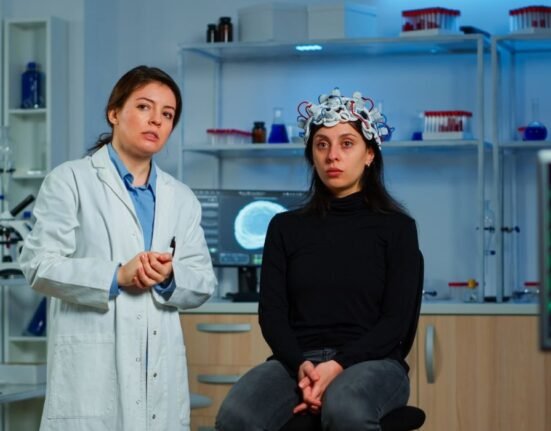earning is very important part of human existence and it is so blended in the life that number of times, a person involved in process of learning, does not even know that s/he is learning. Learning is a dynamic, continuous and lifelong psycho-neurological process which decides the survival and quality of individual’s life. Quantum, type and quality of individual’s learning decide the quality of life. People have different pattern and styles of learning because they differ with respect to their psycho-neurological type and development. There is hardly any assessable significant role of physical, demographical, mental, language and socio-economic status of individual in learning differences. The learning differences exist on the continuum of normal to abnormal and further classified as mild to severe. Learning difference or difficulty is a term which refers to an inability or difficulty in a particular dimension of learning.
Basic factors of learning involve language, coordination, attention, arithmetical skills, handwriting, organization and memory etc. Difficulty faced by a child in learning may result in problem of reading, writing, memorizing, spellings, calculating, planning, organizing, sequencing, making eye & hand movements and planning & development in thoughts etc. If the learning difficulty hampers the day to day physical, social and mental life of child, it is called as learning disability and needs attention of individual, family and experts. Some of most common learning disabilities are dyslexia, dyspraxia, attention deficit disorder, attention deficit hyperactivity disorder, dyscalculia and dysgraphia etc.
Learning disabilities does not much predict about the educational potential, performance and achievements of child. However the set of skills and efforts required to teach and train such children are distinct, greater and harder than those which are used for the normal children. Effective teaching and learning of children with learning disabilities demands better understanding of the nature of their learning problem, its impact, consequences and differences. After taking a comprehensive stock of all these factors a strategy can be devised to support the child in easy acquisition of learning.
Technological development and advancement in different disciplines of knowledge and technology has helped the educationists to develop and devise effective techniques, strategies and aids to simplify teaching-learning process for children with learning disabilities. Technological advancement, especially in the field of information and computer technology has greatly influenced the process, patterns and styles of teaching-learning process. Technology has also helped and simplified the procedures of teaching and learning of children with learning disabilities.
Understanding about learning disabilities with their characteristics and impact on the normal life of a child is must before enquiring the status of technological intervention in improving the learning skills of persons with learning disabilities.
Common learning disabilities are:
Problem or difficulty in reading, writing, speaking and spelling is called as Dyslexia
Problem or difficulty in solving mathematical problem, calculations and understanding time is called as Dyscalculia
Problem or difficulty in handwriting, organizing ideas, spelling and writing is called as Dysgraphia
Problem or difficulty in sensory integration and consequently trouble in motor skills, Hand Eye Coordination, Manual Dexterity and Balance is called Dyspraxia
Problem or difficulty in understanding spoken language and reading comprehension is called Dysphasia/ Aphasia
Following disorders, while not considered as learning disability, may also hamper learning
Auditory Processing Disorder: Problem in differentiation of sounds, which can result as difficulty in reading, comprehension and language.
Visual Processing Disorder: Problem in interpreting and understanding the visual information may cause difficulty in understanding, solving and drawing math, maps, charts, symbols and pictures.
Attention Deficit Hyperactivity Disorder (ADHD): problems in sitting still, staying focused, following instructions, staying organized, and completing homework.
Autism and Asperser’s syndrome: Children with autism spectrum disorders may face difficulty in communicating, reading body language, learning basic skills, and making eye contact.
Major Learning Problems Addressed by Technology
Technological aids and supports can address many learning difficulties of persons with learning disabilities, some of such problems are:
• Reading: Problems of reading, decoding, fluency and comprehension in language
• Writing: Problems related to process of writing, spelling, grammar, punctuation, words organization and usages
• Listening: Problem of remembering spoken language and spellings
• Math: Problem of calculating, computing, organizing, aligning and copying
• Organization: Problems of planning, scheduling, organizing, enlisting jobs, observing calendar
• Memory: Problems of managing, acquisition, storing, retrieving, utilization and modification of memory material
Features of Technological Intervention
• Range of technology: Low to very high level of technological intervention
• Type of technology: Mechanical tools and gazettes, electronic equipments and Information & computer technology
• Role of Technology: Supportive in learning and replacement of learning task
Technological Interventions for Learning Skills Improvement among PWLD
Following table is self-explanatory to clarify the role of technology in skills improvement among persons with learning disability.













Leave feedback about this